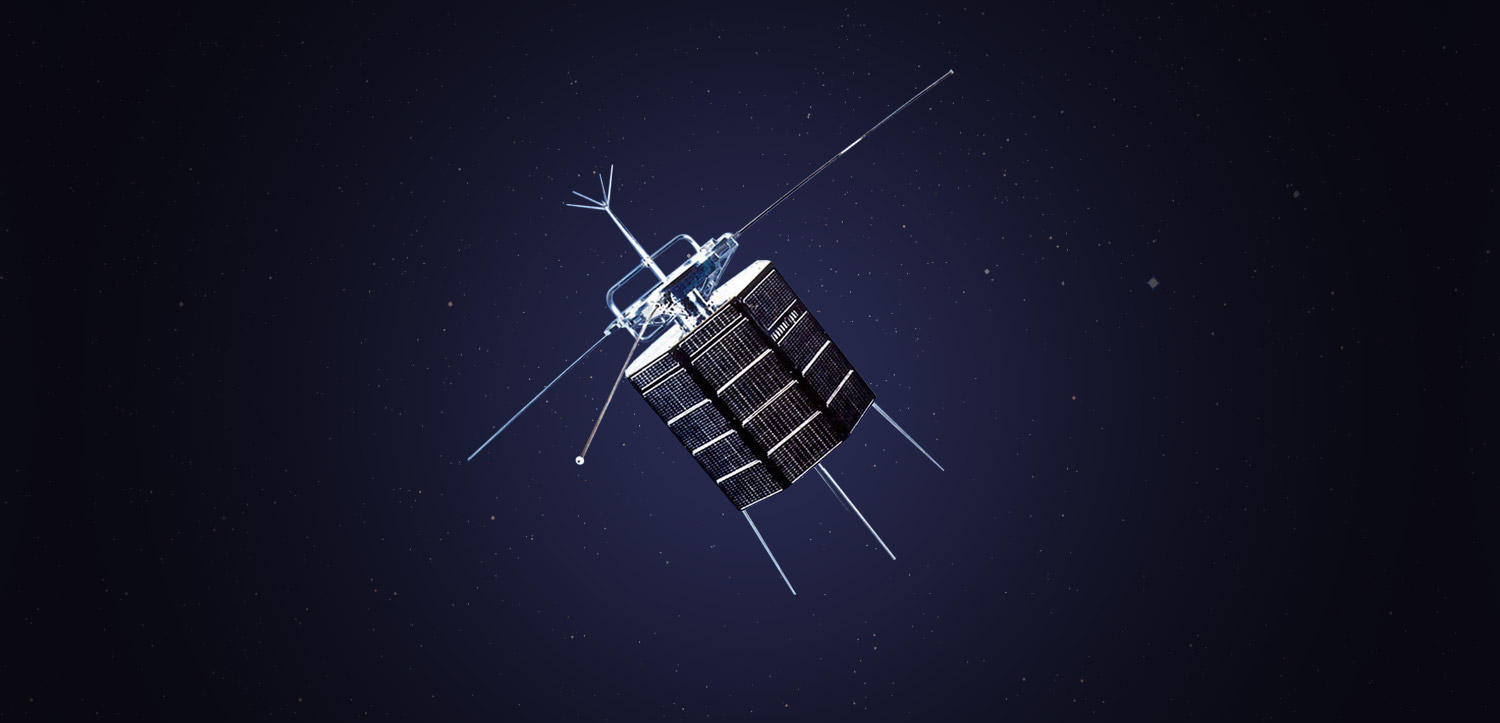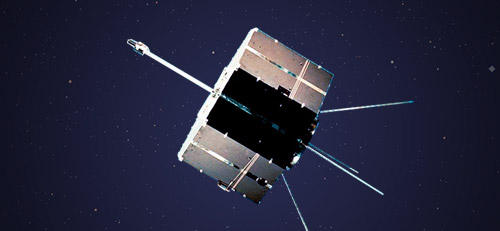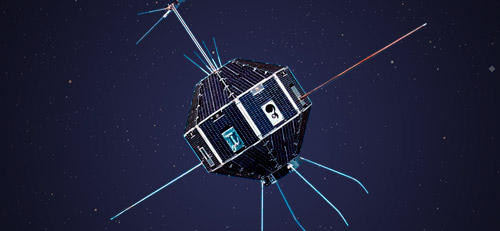| Name (pre-launch in parentheses) | DENPA (REXS) |
|---|---|
| International Designation code | 1972-64A |
| Objectives | Conduct observation of plasma waves, plasma density, electron flux, electromagnetic waves, geomagnetism, etc. to study plasma filling the entire solar system. |
| Launch Date | 11:40, August 19, 1972 (JST) |
| Launch Location | Kagoshima Space Center (Uchinoura) |
| Launch Vehicle | M-4S-4 |
| Weight | 75kg |
| Shape | Octagonal cylinder |
| Orbital Altitude | Perigee 250 km, Apogee 6,570 km |
| Orbital Inclination | 31° |
| Type of orbit | Elliptical |
| Orbital Period | 161 min |
| Scientific Instruments | Electromagnetic wave and plasma wave monitor, etc. |
| End of Operation | August 22, 1972 |
| Reentered Date | May 19, 1980 |
| Operation | After the satellite’s insertion into orbit, the antennas for scientific observation, magnetometers and electron temperature sensor were confirmed to be extended. All the observation instruments and onboard systems were operable and power output of the solar cells was also as planned. At 09:04 on August 22, three days after launch, ground commands were transmitted but no response from the satellite was received. It was thought that the satellite's power-supply circuit malfunctioned causing discharge that eventually damaged semiconductor components such as transistors vulnerable to overvoltage. |
| Results | Until loss of communication with the satellite, data reception was as planned. We obtained data on the plasma density of the ionosphere and magnetosphere, electron temperature, the intensity spectrum of VLF-electromagnetic wave, LF radio emission, geomagnetic field distribution, etc. |



